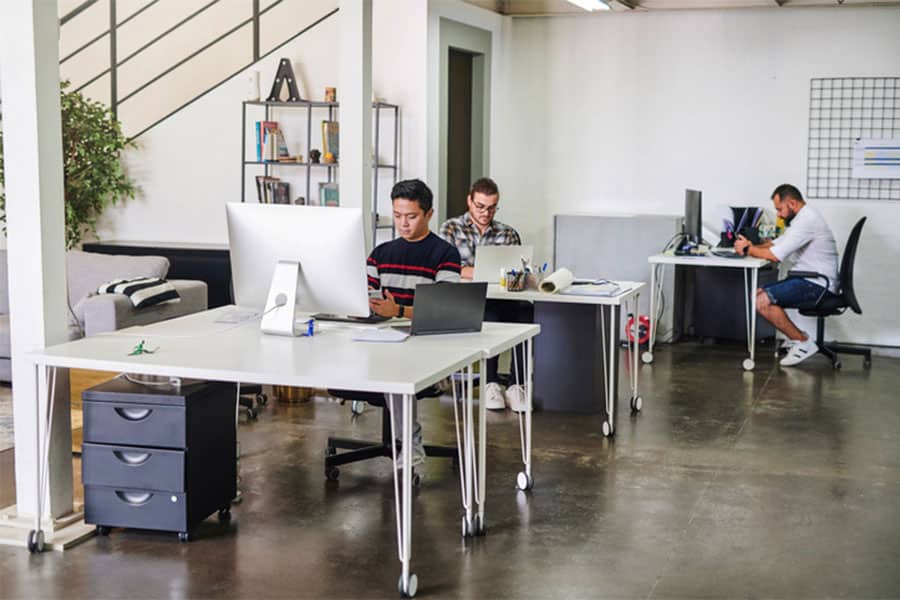In the fast-paced world we live in today, the prevalence of jobs that require long hours of sitting has become increasingly common. Many of us find ourselves tethered to desks, staring at computer screens for a significant portion of our day. Unfortunately, the sedentary nature of our work environments comes with a host of adverse health effects, particularly on our muscles and overall well-being.
Here’ why Sitting is considered the New Smoking
This statement has become very prevalent in the stretch and physical therapy world. Unfortunately, there seems to be a more significant amount of repetition when it comes to our jobs, especially when you compare today’s employment opportunities and those in the past. Long periods of prolonged sitting come with some ill effects. One such detriment is the load we place on our lumbar spine (or lower back). When we sit, we exceed the amount of low back pressure compared to when we stand. Why? There is no longer a force distribution through the legs; ground force goes right from our pelvis and ischial tuberosities to our lower back. Most chairs also promote slouching and poor posture. Gravity is constantly weighing down on us. Eventually, as we get involved with our work and our postural muscles fatigue, we tend to slouch. This contributes to the degenerative processes that occur in our vertebral discs.
Also, specific muscles tend to get tighter when we sit for more extended periods due to prolonged positioning. Muscles are very obedient. They do what we tell them to do. If we continually put them in a shortened position, the muscle will purposely lose what is known as a sarcomere (sarcomeres are a unit of length for muscle tissue). Hamstrings (the muscles in the back of the thighs) and hip flexors (the muscles at the front of the hip) are most often the victims of this phenomenon. This is why stretching is so important.
A word of advice regarding sitting: try sitting with your hips higher than your knees. This takes advantage of a postural reflex where the pelvis will rotate forward, and the standard lordotic curve in your back will occur. They can place less strain on the vertebral disc’s posterior (or back) side. To do this, rank your seat a little higher than usual. Some seats are capable of tilting forward. Car seats have started to do this. If the chair doesn’t tip, sit closer to the front edge while placing your feet slightly further back. Try getting up more frequently if possible. Or use your arms to push down on the chair arms to take some pressure off your buttocks.
The health implications of extended periods of sitting go beyond muscle issues. Sedentary behavior has been linked to various health concerns, including cardiovascular disease, obesity, and metabolic disorders. The lack of physical activity associated with prolonged sitting can lead to weight gain, increased blood pressure, and elevated cholesterol levels. Furthermore, sitting for extended periods has been associated with an increased risk of developing type 2 diabetes. The body’s ability to regulate blood sugar is compromised when we spend too much time sitting, contributing to insulin resistance and the onset of diabetes.
In conclusion, the adverse health effects of prolonged sitting are a growing concern in our modern society. Partner-assisted stretch therapy emerges as a valuable and accessible solution for individuals of all ages, offering a holistic approach to combating the adverse impacts of sedentary lifestyles. By prioritizing flexibility, posture correction, and overall well-being, partner-assisted stretch therapy is a beacon of hope for a healthier and more active life. So, if you find yourself trapped in the cycle of prolonged sitting, consider exploring the transformative benefits of partner-assisted stretch therapy. Your body will thank you for it.
Paul, Carlesimo, DPT, OMPT
Michigan Stretch Therapy
109 S. Main Street Rochester, MI 48307
(248) 983-4770

